El Hierro is the smallest of the seven main Canary Islands (the tiny isle of La Graciosa is too small to even be counted) and is by far the least affected by tourism. Being the westernmost island in the archipelago, it was long considered to be the very edge of the Earth (in fact, the island's western tip served as the "Zero Meridian" until it was replaced by Greenwich in the 19th century), and even today there is a distinct end-of-the-world feel to the place.
Like Lanzarote at the opposite end of the archipelago, El Hierro wears its volcanic origins on its sleeve, and the island's beauty is stark and striking, rather than gentle or picturesque. El Hierro's boomerang shape is believed to be the result of a massive earthquake some 50,000 years ago, which caused up to a third of the island's landmass to sink into the ocean, creating the valley of El Golfo which sweeps down to the north coast like an amphitheatre. At the island's opposite end, volcanic activity moved El Hierro into the spotlight much more recently, as an underwater volcano erupted just off the island's southern tip at La Restinga in 2011, raising the seabed with deposits of molten lava and causing a series of small tremors on land. Activity has now ceased, and any areas that had been temporarily evacuated have been declared safe, but travelling around El Hierro, it is hard not to feel in awe of the sheer force and power that lies below the earth's crust.
There are still some 500 volcanic cones across the island, and large areas - particularly around the western and southern tips - are made up of malpaís, the volcanic badlands of rock-strewn lava streams. But that is not to say that El Hierro's landscape lacks variety. Far from it: the El Golfo valley is the fertile agricultural heartland of the island, and one of the very few places in Europe where pineapples are cultivated, alongside other tropical and sub-tropical fruit. For a bird's eye view of the valley, head up to the Mirador de la Peña, where an elegant restaurant designed by the famous Canarian artist and architect César Manrique makes an excellent lunch stop.
Along the higher reaches of the central mountain range linking El Pinar in the east with the Ermita de Nuestra Señora de los Reyes in the west are extensive pine forests which offer wonderful terrain for walking, although more emblematic of El Hierro are the sabina trees found mainly in the west of the island: twisted by the strong winds into weirdly contorted shapes, these juniper trees look like ossified villains from the tales of an enchanted forest, and were amongst the reasons why the entire island was declared a biosphere reserve by Unesco.
Like all the western Canary Islands, El Hierro is not primarily a beach destination, although there are a few volcanic beaches and natural rock pools, where sea swimming is possible, weather permitting. But the island's main appeal lies undoubtedly in its unspoilt nature and its sheer otherworldliness. A mere 10,000 people live here, and there are only 1,000 or so beds for visitors spread across the island, mainly in small pensions and apartments (even the island's largest hotel, the Parador, has less than 50 rooms). Anyone seeking non-stop entertainment or urban excitement could not find a less suitable place: with a population of 1,600 people, the island capital Valverde provides the essentials for daily life, but is hardly a hotbed of fashion and culture. In villages across the island, the pace of life is slow and serene, although occasionally things liven up a notch for one of the local fiestas, the most important of which takes place once every four years (next due in early July 2013): the Bajada de la Virgen de los Reyes (Descent of the Virgin), a procession from the chapel of the same name all the way to Valverde, accompanied by musicians and dancers, and leading to days of celebrations in most villages.
Inevitably, to reach El Hierro requires a little more effort than visiting the larger, busier islands. Our holiday packages are based on flights to Tenerife and onward connections by ferry, which usually require an overnight stop on Tenerife on your first or last night, depending on the flight schedule. As an alternative, we can also arrange flights to El Hierro from Tenerife North Airport (and, less frequently, Gran Canaria) at a supplement, or you may of course consider combining El Hierro with one of the other islands as part of a multi-centre holiday. We'll be happy to discuss the various options with you in more detail.
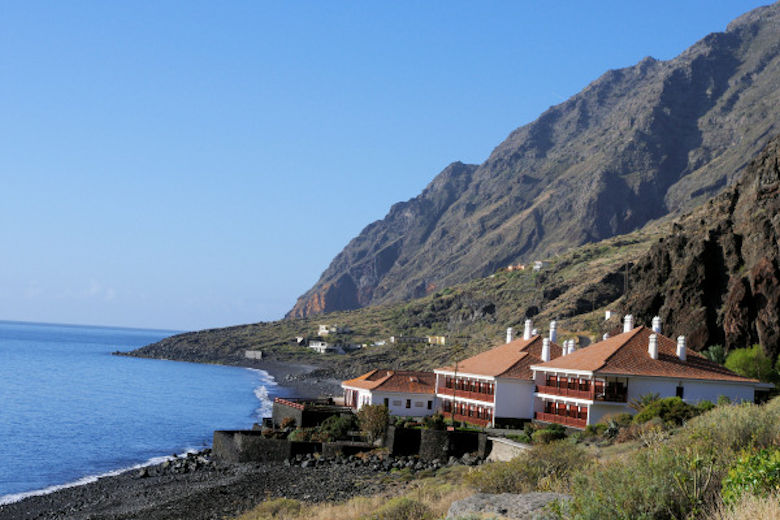
Las PlayasEl Hierro's premier hotel, situated in glorious isolation on the island's southeast coast, offering all the comfort, character and cuisine you would expect to find in a Parador
Find out more here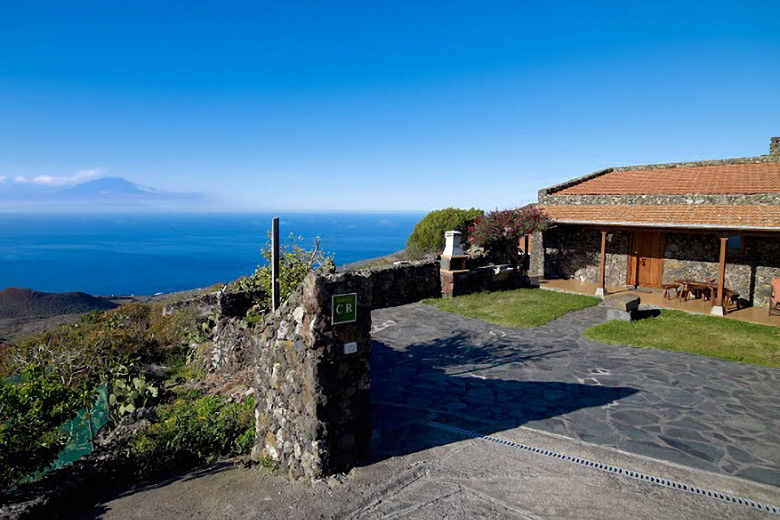
GuarazocaA carefully restored cottage in a quiet yet convenient setting with lovely ocean views from its garden terrace
Find out more here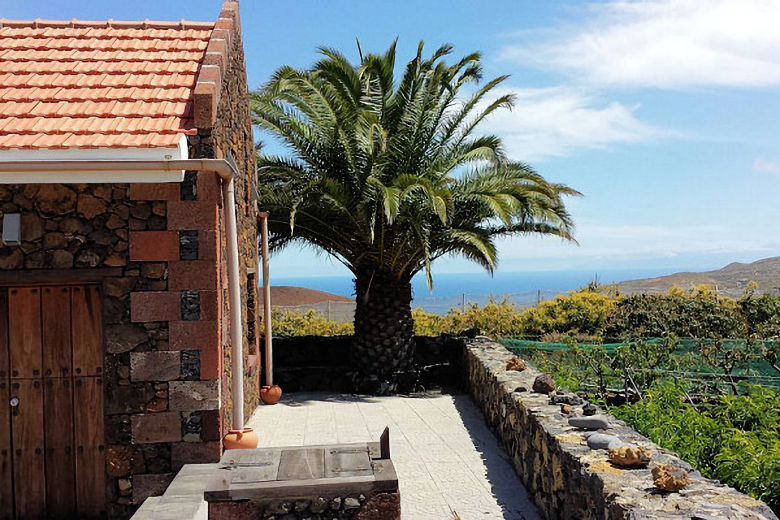
GuarazocaA romantic country cottage combining rustic charm with modern comforts in a peaceful orchard setting
Find out more here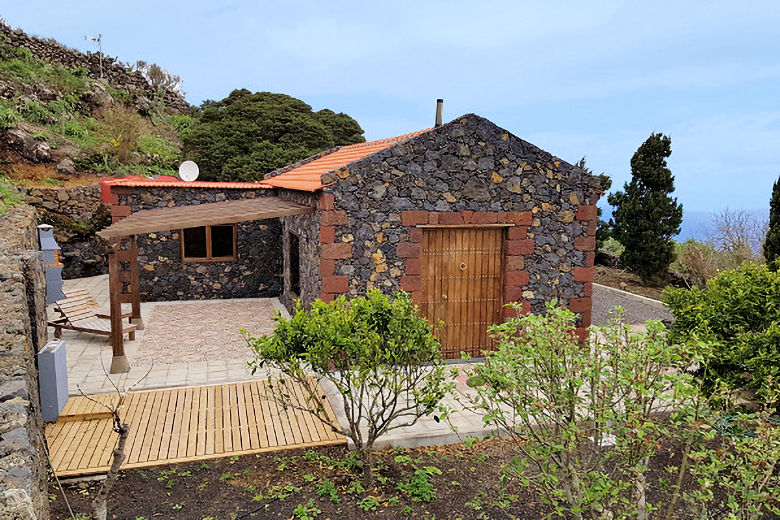
GuarazocaA charming cottage offering comfortable accommodation for couples or families in a rural setting a short drive from Valverde
Find out more here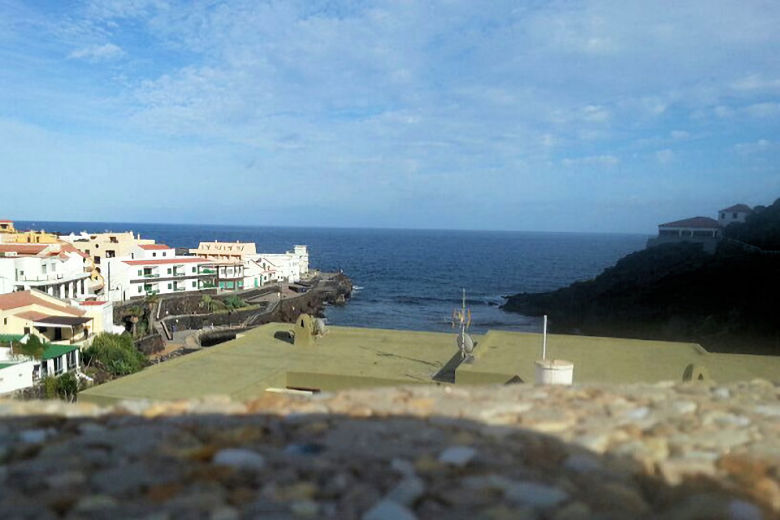
TamadusteModern apartments in a small coastal village set around a sheltered cove for sea swimming
Find out more here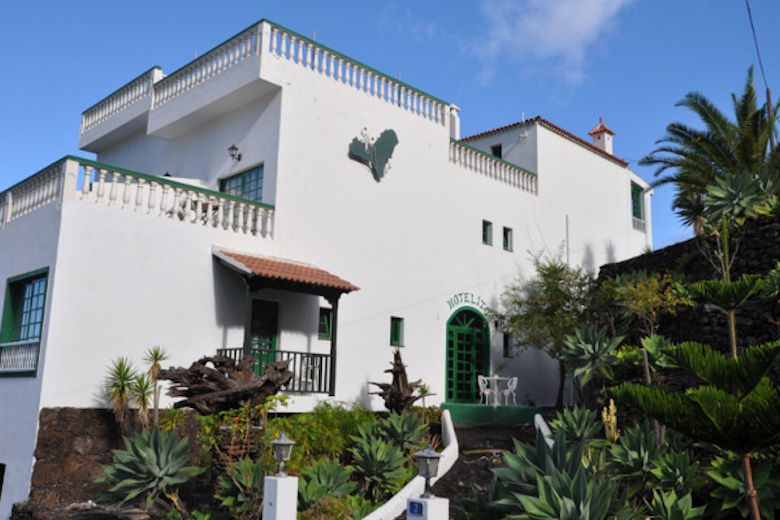
FronteraThis small, family-run hotel is well situated for travellers wishing to explore the island and stands within walking distance of a small selection of restaurants
Find out more here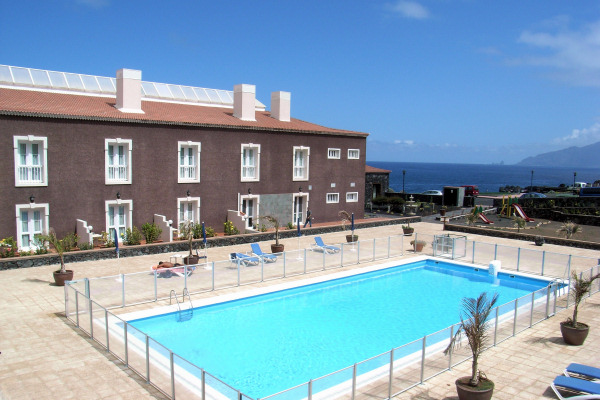
SabinosaThis intimate hotel set right beside the ocean in the north-west of the island offers stylish accommodation and a small spa complex.
Find out more here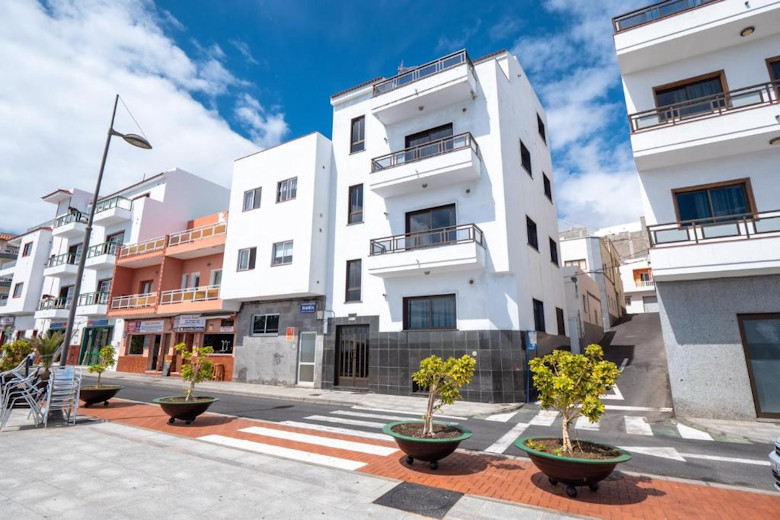
La RestingaPractical apartments on the seafront within easy walking distance of local shops and restaurants, in a bustling harbour village renowned for its diving centres
Find out more here